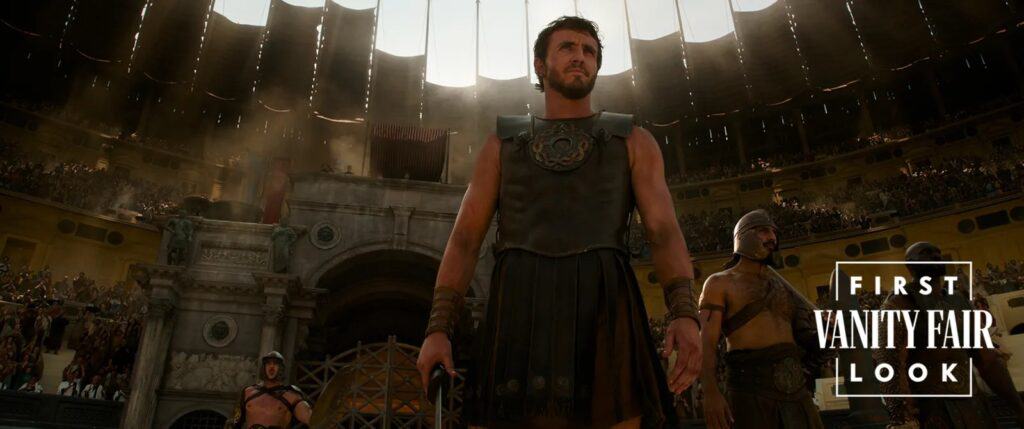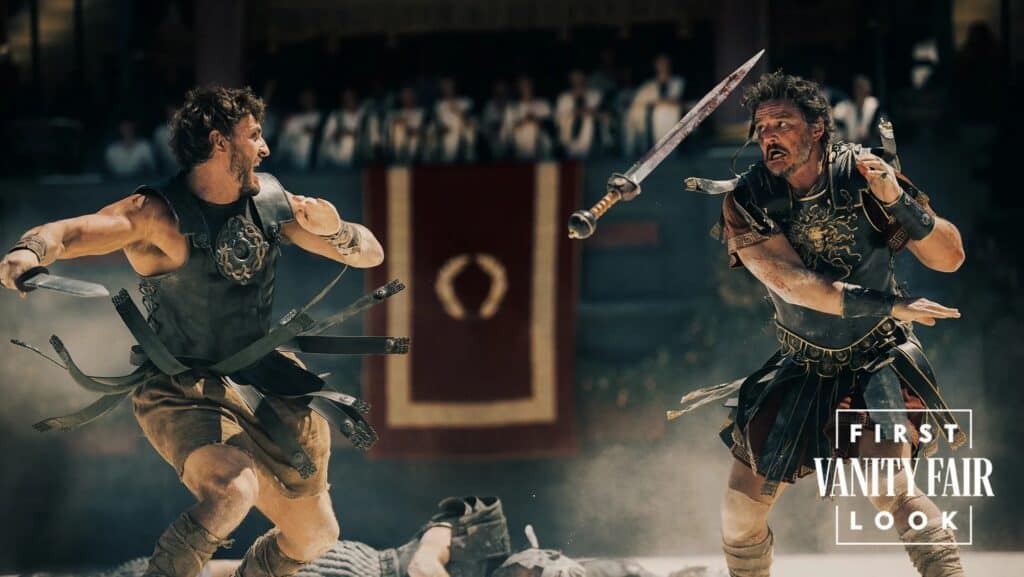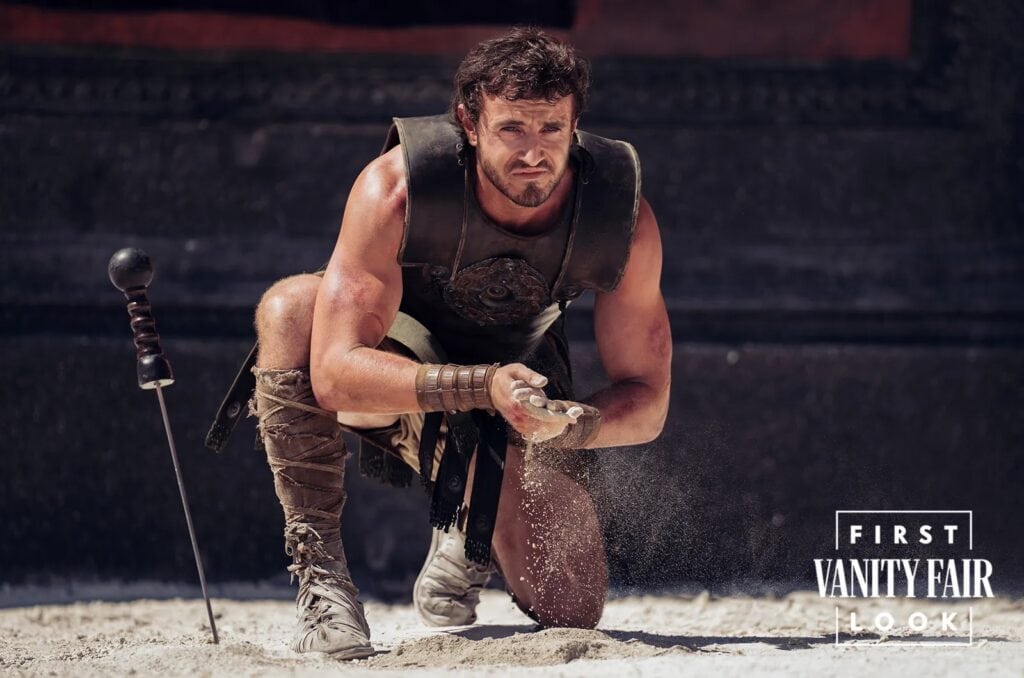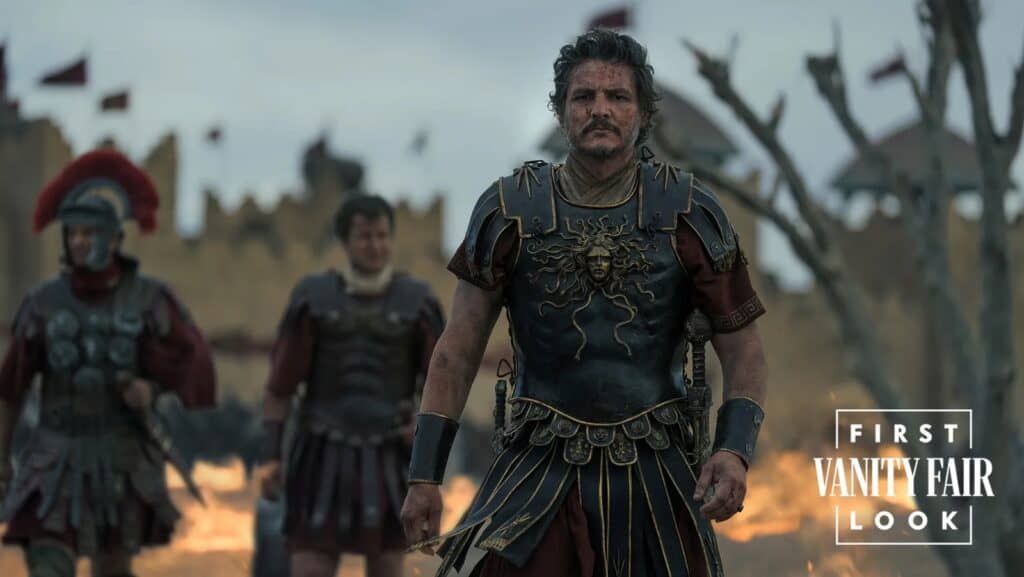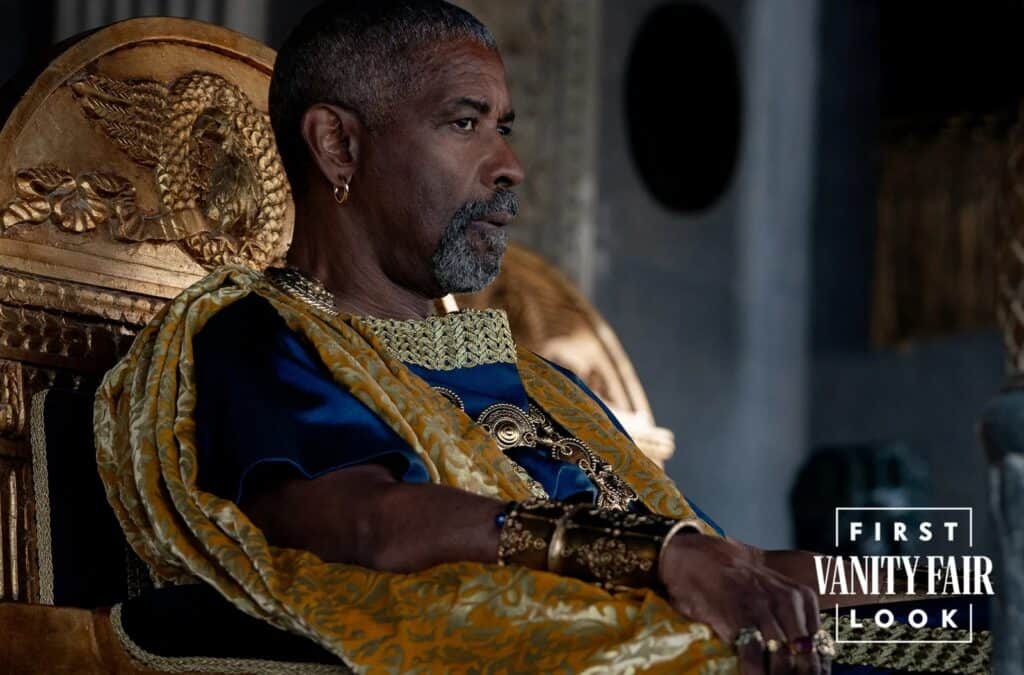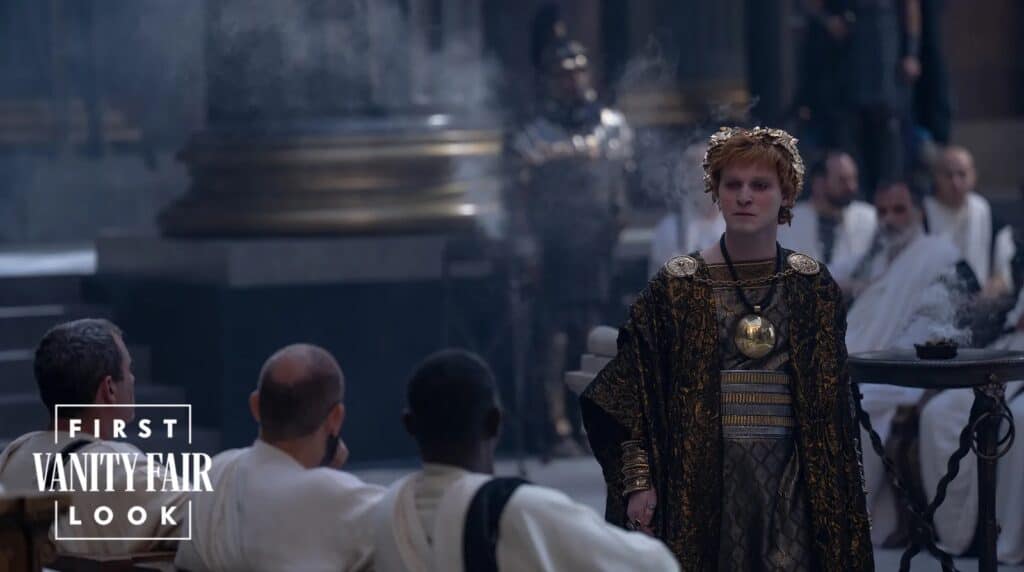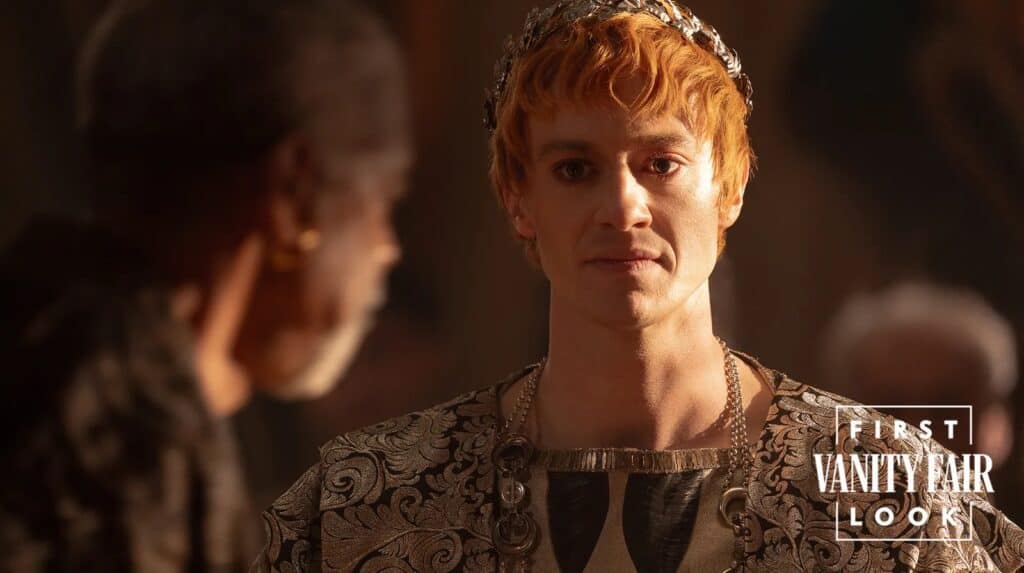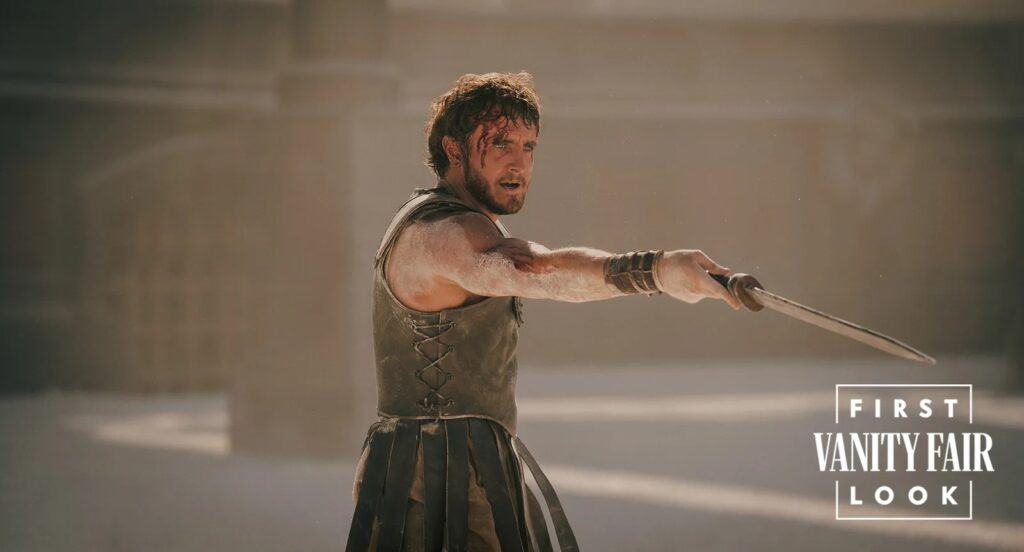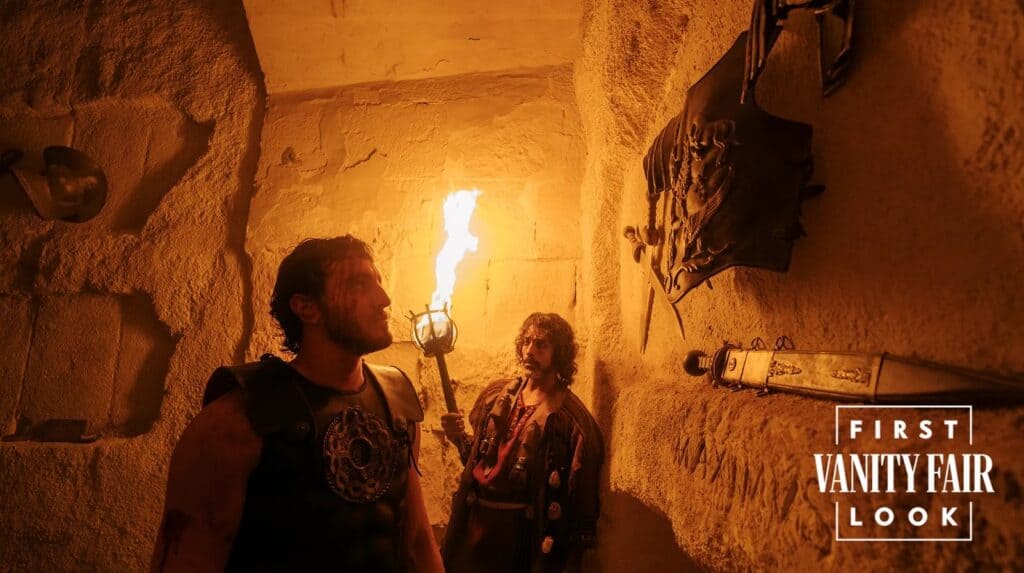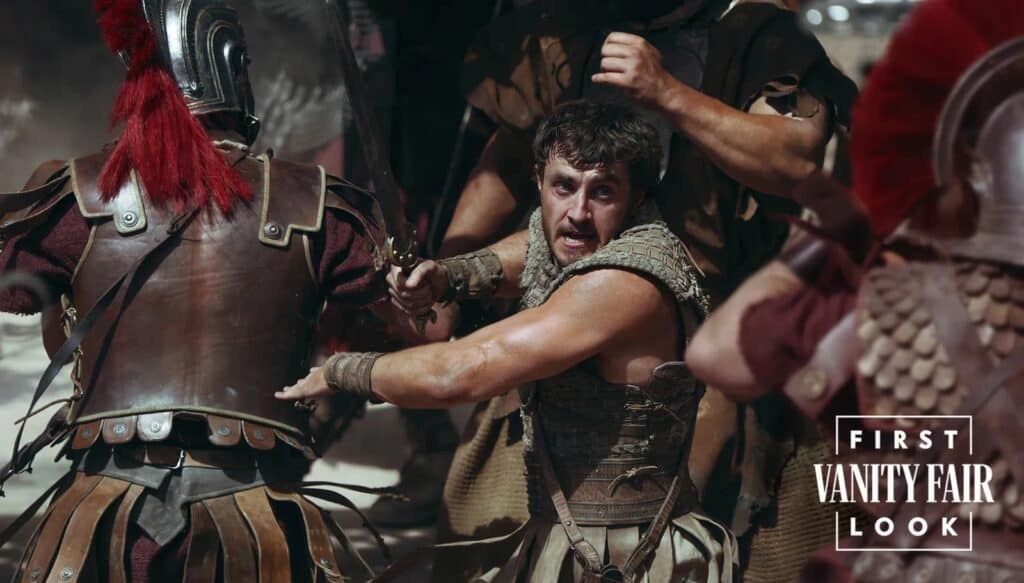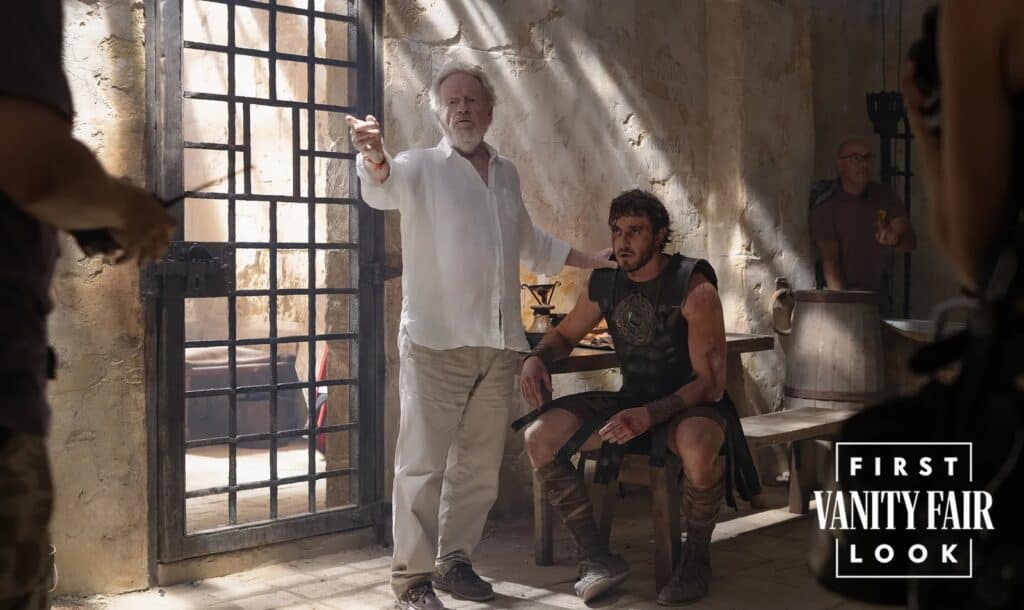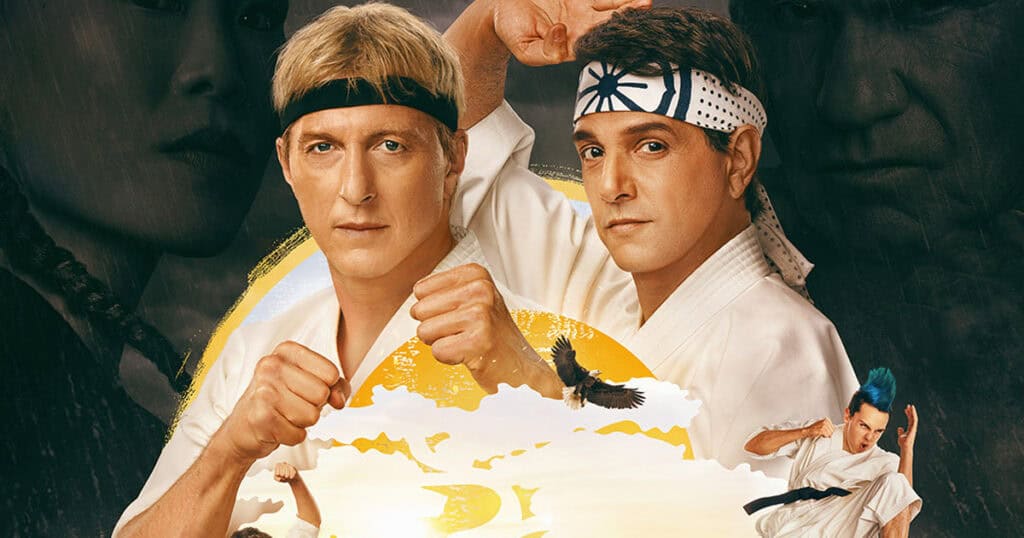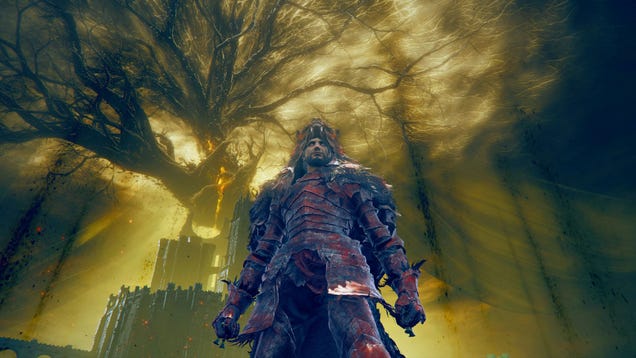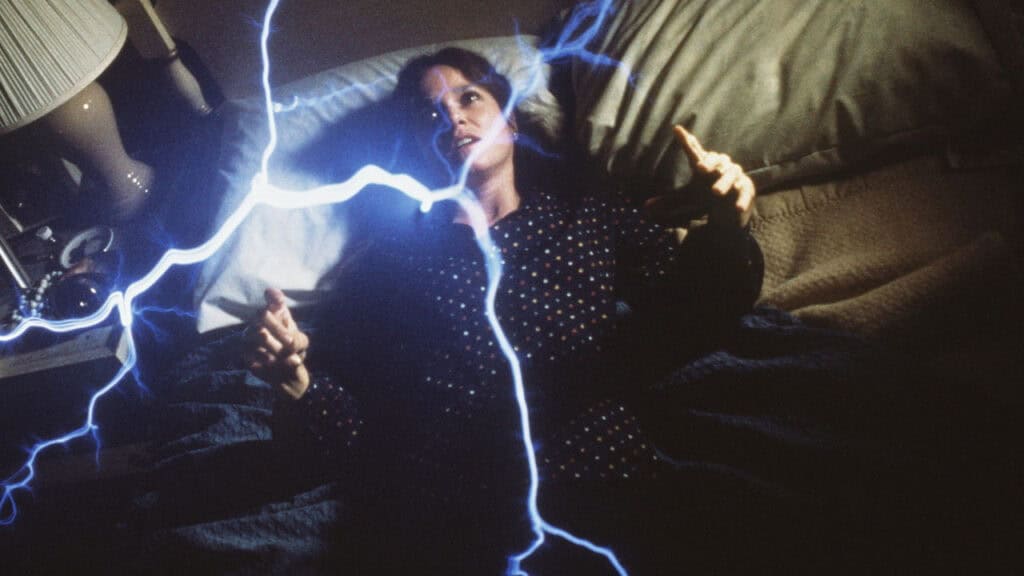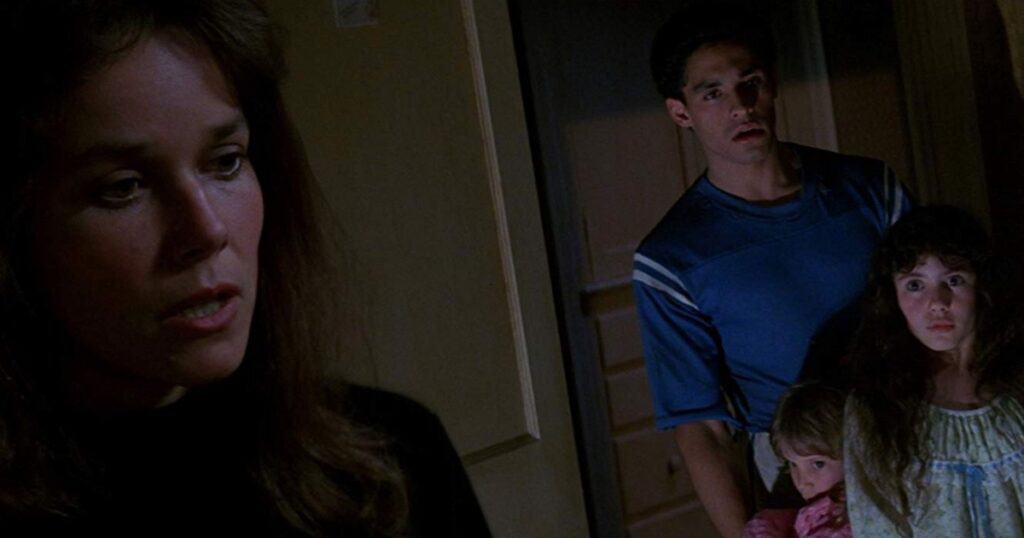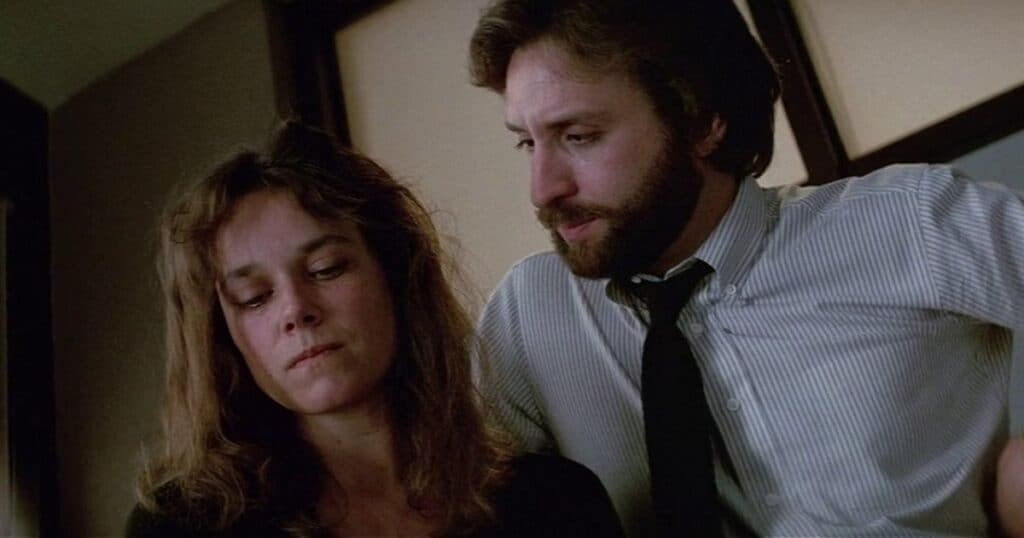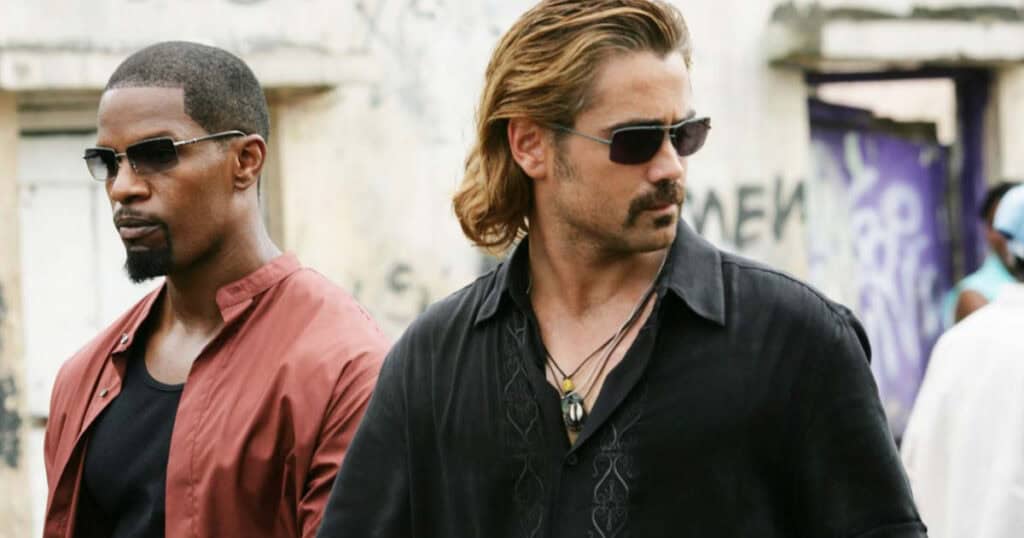
On September 16, 1984, a little TV show named Miami Vice hit cable and was a huge success for NBC. It was created by Anthony Yerkovich and produced by an up-and-coming filmmaker named Michael Mann. The show would become iconic for its stylish depiction of the Miami drug scene, its use of contemporary music and its distinctive fashion. Years later, in 2006, a movie that has gone down as very divisive would be made. It’s a movie that defines what it means to be revisited. So today, let’s check out Michael Mann’s film adaptation of Miami Vice.
As stated earlier, Michael Mann helped create the captivating TV show. During the 1980s and 90s, Michael would go on to make some of the greatest films of the era, including Heat (which is getting a sequel soon), The Insider, The Last of the Mohicans,and Manhunter. In 2001, after wrapping his biopic Ali, Jamie Foxx would bring up the idea of making a movie version of Miami Vice. Mann worked on the screenplay himself, aiming to retain the essence of the original show while incorporating more gritty and realistic elements.
When the time came for casting, Michael turned to Will Smith, Denzel Washington and Samuel L. Jackson for the role of Ricardo Tubbs. All would turn down the role, so he went to Jamie Foxx. This would be their third film working together after successfully creating Ali and Collateral. Tom Cruise, Brad Pitt and Matthew McConaughey were all considered for the role of Sonny Crockett. Michael went to Don Johnson and asked him who he would pick to play Sonny. Johnson said Colin Farrell would be the best choice. Other notable cast members added to the film were Naomie Harris, John Hawkes, Ciaran Hinds, Gong Li, Justin Therouz, Barry Shabaka Henley, John Ortiz and more.
Just like in his previous film Collateral, Michael would not only bring back his cinematographer Dion Beebe but also shoot the film digitally on the Thomson Viper Filmstream Camera. This was one of the first big-budget films shot digitally and was a big deal in the industry. Super 35 was used for high-speed and underwater shots.
Principal photography began in early 2005 and lasted several months. Michael Mann, known for his meticulous attention to detail and preference for authentic settings, employed handheld cameras and natural lighting to create a documentary-like visual style.
True to the spirit of the original series, much of the film was shot on location in Miami, the Caribbean, Uruguay and Paraguay to capture a sense of realism and global scope. Uruguay would stand in for scenes involving Havana Cuba, such as the resort Atlantida and the old building of the Carrasco International Airport.

As beautiful as it sounded to film in the locations, the production would run into several problems. Filming in Miami took place during hurricane season. While filming a scene of Crockett and Tubbs driving in a Ferrari with the top down, a windstorm blew out the windows of a tall building. The glass damaged the car and just missed the actors. Another storm damaged the production office and delayed filming of the ending. Seven days of filming were lost to multiple hurricanes including Katrina, Rita and Wilma. The delays led to a budget of what some insiders claimed to be over $150 million, though Universal Pictures says it cost $135 million. Several crew members criticized Mann’s decisions during production, which featured sudden script changes, filming in unsafe weather conditions, and choosing locations that “even the police avoid, drafting gang members to work as security”.Mann wanted the film to be as realistic as possible, and had his actors train with real-life undercover law enforcement officers. Both Jamie and Collin observed undercover operations from a safe distance. Farrell was told he’d learned so much and that he was welcome to participate in an accurate sting operation. During the operation, guns were drawn, and the officers’ identities were questioned. Farrell reports being scared for his life. He spontaneously ripped open his shirt to demonstrate he wasn’t wearing a wire, an act the agent-in-charge later commended for being realistic, quick-witted improvisation. After suffering anxiety and insomnia that night, Farrell contacted the agent-in-charge and was told that the sting operation was staged and he was never in any danger.
Foxx was also characterized as unpleasant to work with. He had won an Academy Award after signing onto the film, but before production began, he asked for a pay raise and other compensation. He also demanded top billing in the film’s credits and was said to have complained that he was paid less than Farrell; Foxx’s salary was raised considerably, and Farrell’s was cut slightly to address this.
Foxx also refused to fly commercially, successfully lobbying Universal to hire a private jet for him. He also objected to filming scenes shot on boats or planes, even though we see him on both in the movie. Eventually, after gunshots were fired on set in the Dominican Republic on October 24, 2005, Foxx left the country and returned to the United States. This forced the production to abandon the script’s intended ending, slated to be shot in Paraguay, and revert to a previously discarded one that Mann had written, which was set in Miami. One crew member later stated that the Miami-based ending was the dramatically inferior of the two, though Mann said that he came to prefer it.
When the time came for post-production, Mann oversaw the editing process to ensure the film maintained its fast-paced and atmospheric feel, akin to his Heat and Collateral. Marketing for Miami Vice was going to be big. The first teaser trailer heavily used the song Numb/Encore by Linkin Park and Jay Z. It was shown in front of 2005’s King Kong. If you grew up around this time, not only was that song incredible but adding it to a movie trailer would only heighten the anticipation of wanting to see it.
Michael Mann declined to use the show’s theme song in the film. He also didn’t ask Jan Hammer, who created the music for the TV show, to work on the film. The score was composed by John Murphy and Klaus Badelt, Mark Batson and Tim Motzer. The RZA was going to add some contributions to the score but dropped out. Organized Noize was brought in for replacement. The soundtrack features a mix of electronic, rock, and contemporary music and pays homage to the original show’s iconic musical style.

A perfect example is Phil Collins’ smash-hit In the Air Tonight. That song was featured in the TV show’s pilot episode, and the film, a cover was done by a rock band called Nonpoint. Unfortunately, the soundtrack doesn’t include all the songs used in the film. Numb/Encore appears in the movie, and there are two Audioslave songs, but neither are on the album.
Miami Vice was released to theaters on July 28, 2006. It opened in first place with a gross of $25 million and dethroned Pirates of the Caribbean: Dead Man’s Chest after topping the box office for three weeks. After a month in theatres, the film dropped out of the top 10. By October of that year, it would end up grossing $63 million domestically. Internationally, the film would do better, grossing $100 million. After its theatrical run, it would total out to $163 million.
It currently sits at 47% on Rotten Tomatoes, with the critic consensus saying, “Miami Vice is beautifully shot, but the lead characters lack the charisma of their TV series counterparts, and the underdeveloped story is well below the standards of Michael Mann’s better films.” While some critics praised it, including Richard Roeper and Rolling Stone, others didn’t enjoy it. Critics like Stephen Hunter of The Washington Post said, “The worst news about Miami Vice is that Colin Farrell and Jamie Foxx, replacing Don Johnson and Philip Michael Thomas in the key roles, don’t hold a candle, a flashlight, a freakin’ match to the original guys.”
Michael Mann has had some choice words to say about the film. He has clarified that he considers Miami Vice to be the movie that “got away” mainly because of the hastily revised ending. In 2016, he spoke with New York magazine about the film’s tenth anniversary and described his disappointment: “I don’t know how I feel about it. I know the ambition behind it, but it didn’t fulfill that ambition for me because we couldn’t shoot the real ending.”
Colin Farrell was also not very fond of the movie and said, “I didn’t like it so much — I thought it was style over substance, and I accept a good bit of the responsibility. It was never going to be Lethal Weapon, but I think we missed an opportunity to have a friendship that also had some elements of fun.”

Miami Vice was released on DVD on December 12, 2006. It would contain some great extras, including the extended cut, which clocks in at 140 minutes and adds an extra 8 minutes to the film’s runtime. There were other great special features, including shooting on location, behind the scenes of the gun training and commentary by Michael Mann. I highly recommend checking this one out for any cinephile who loves a good commentary. Mann details the troubled production and discusses all the situations encountered on set. It was one of the first HD DVD/DVD combo discs to be released and was one of the best-selling DVDs of 2006. On August 26, 2008, Universal Studios released the Unrated Director’s Edition on Blu-ray. In 2023, Wal-Mart released an exclusive steelbook from Mill Creek Entertainment that contained both the theatrical and extended cuts of the film. For any fan of the film, this is a must-buy.
Time heals all wounds, like most things, and this film is no exception. In 2016, critic Steven Hyden wrote that Miami Vice had developed “a burgeoning reputation as a cult favorite, especially among younger critics and filmmakers who consider it a touchstone in their love of movies.”Director Harmony Korine cited Miami Vice as a significant influence on his 2012 film Spring Breakers. “I love [Mann’s] movies, and that movie in particular, because I could feel the place. I don’t even pay attention to what they’re saying or the storyline when I watch that film. I love the colors, I love the texture.” In 2014, Time Out, a magazine based out of London, ranked Miami Vice as the 95th best action film of all time.
After revisiting this film almost 20 years later, it holds up and is a true cinematic gem (indeed, we previsouly profiled it on The Best Movie You Never Saw). It bodes stylish cinematography, a great atmospheric soundtrack, and a fun albeit small story, but again, this is based on a TV series. It is a testament to Michael Mann’s prowess as a director and storyteller. It is a film that pays homage to its iconic source material and redefines it for a contemporary audience. My one personal gripe is Collin and Jamie’s performances. Everyone in this film feels like they know what they signed up for, but when they are on screen together, they act like they’re on autopilot. While the TV show was very flashy and contemporary for its time, we, as an audience, loved the dynamic between Crockett and Tubbs. While the two have great chemistry with everyone else, there is nothing between them. I won’t say that the film suffers because of it, but Sonny and Isabella’s sexual chemistry on the dance floor had more to say than these are our main protagonists.
In conclusion, Miami Vice emerges as a standout film that pays homage to its iconic television predecessor and carves its own path with bold stylistic choices and compelling storytelling. Michael Mann’s direction, coupled with Dion Beebe’s mesmerizing cinematography, transports viewers into the gritty underworld of Miami with unprecedented realism and intensity. Beyond its visual and auditory prowess, Miami Vice captivates with its authenticity and attention to detail, offering a nuanced exploration of loyalty, moral ambiguity, and the high stakes of undercover work. It’s a film that challenges conventions, keeping audiences engaged with its narrative depth and dynamic portrayal of law enforcement’s challenges. It ultimately stands as a modern crime thriller that leaves a lasting impression, making it a compelling choice for cinephiles and fans alike.
The post Miami Vice: We Revisit Michael Mann’s Divisive Big Screen Adaptation appeared first on JoBlo.

